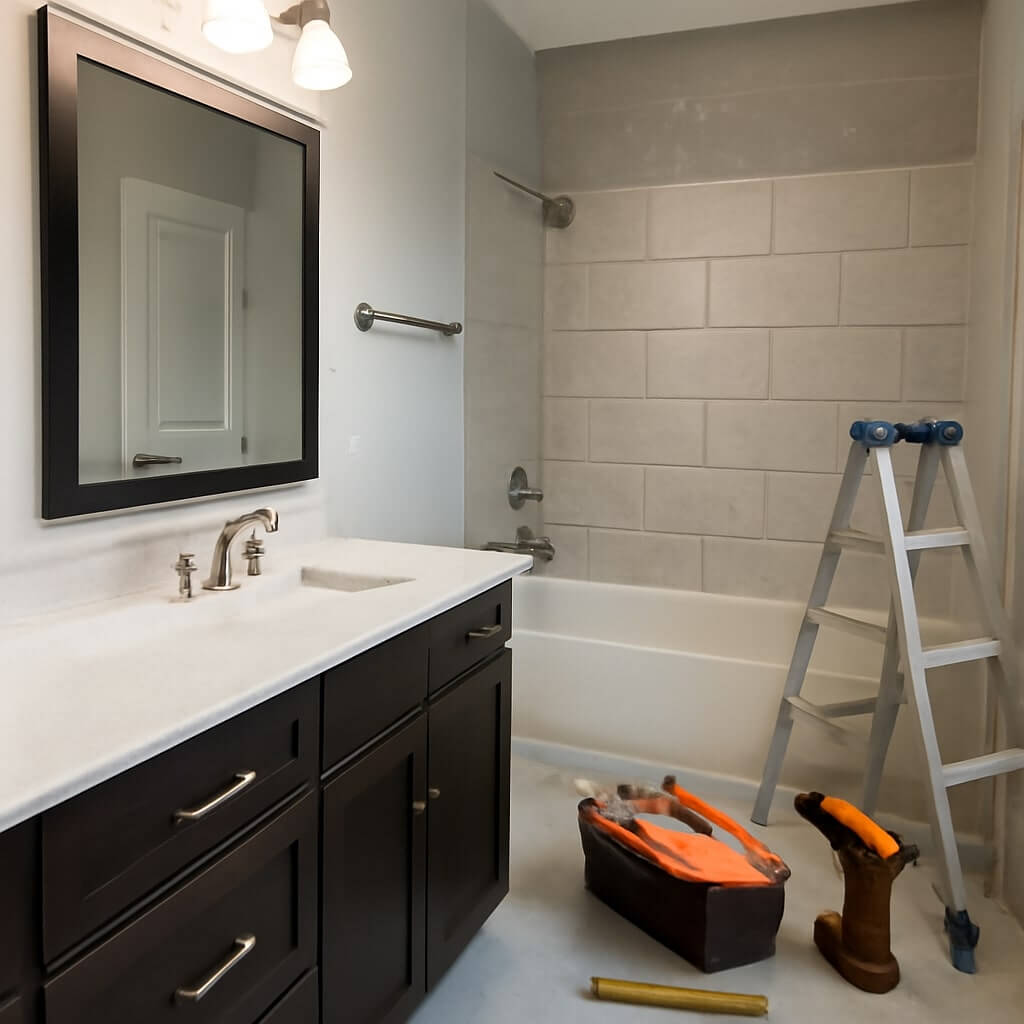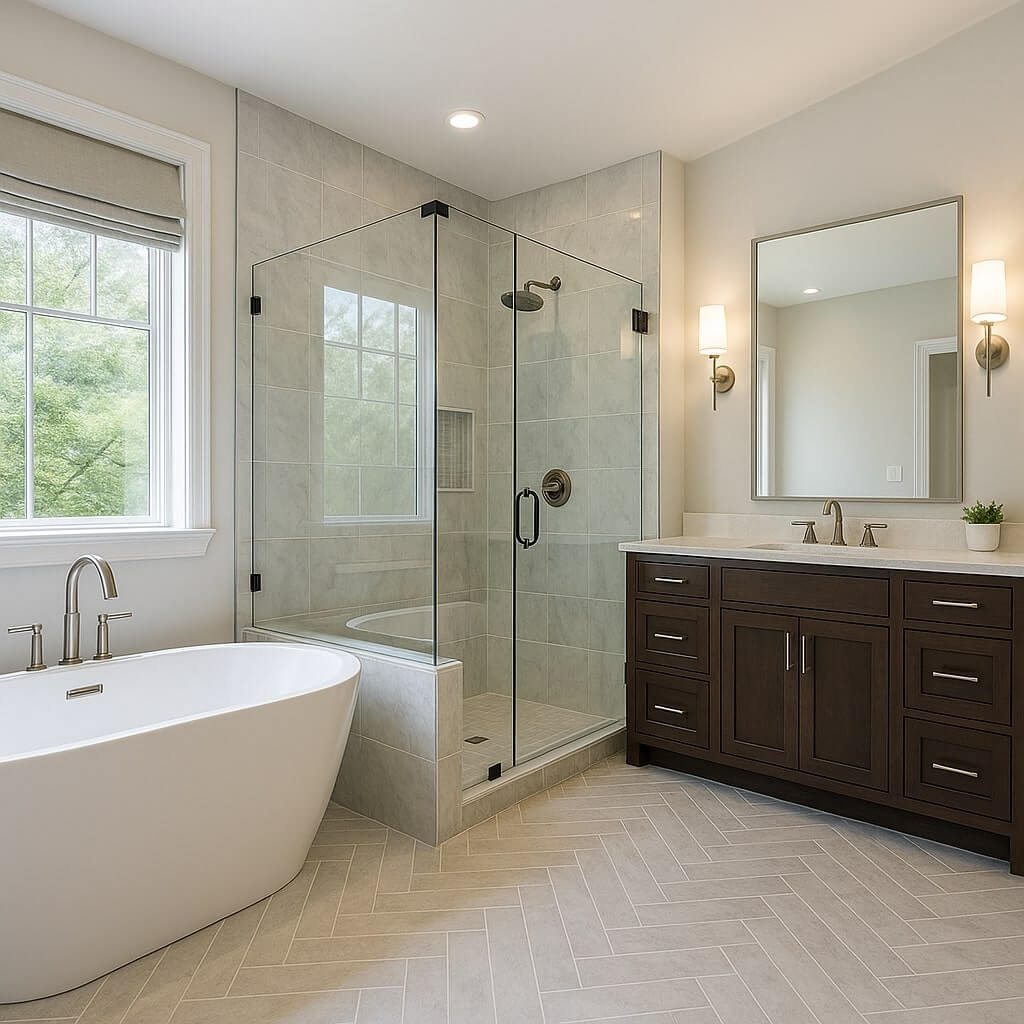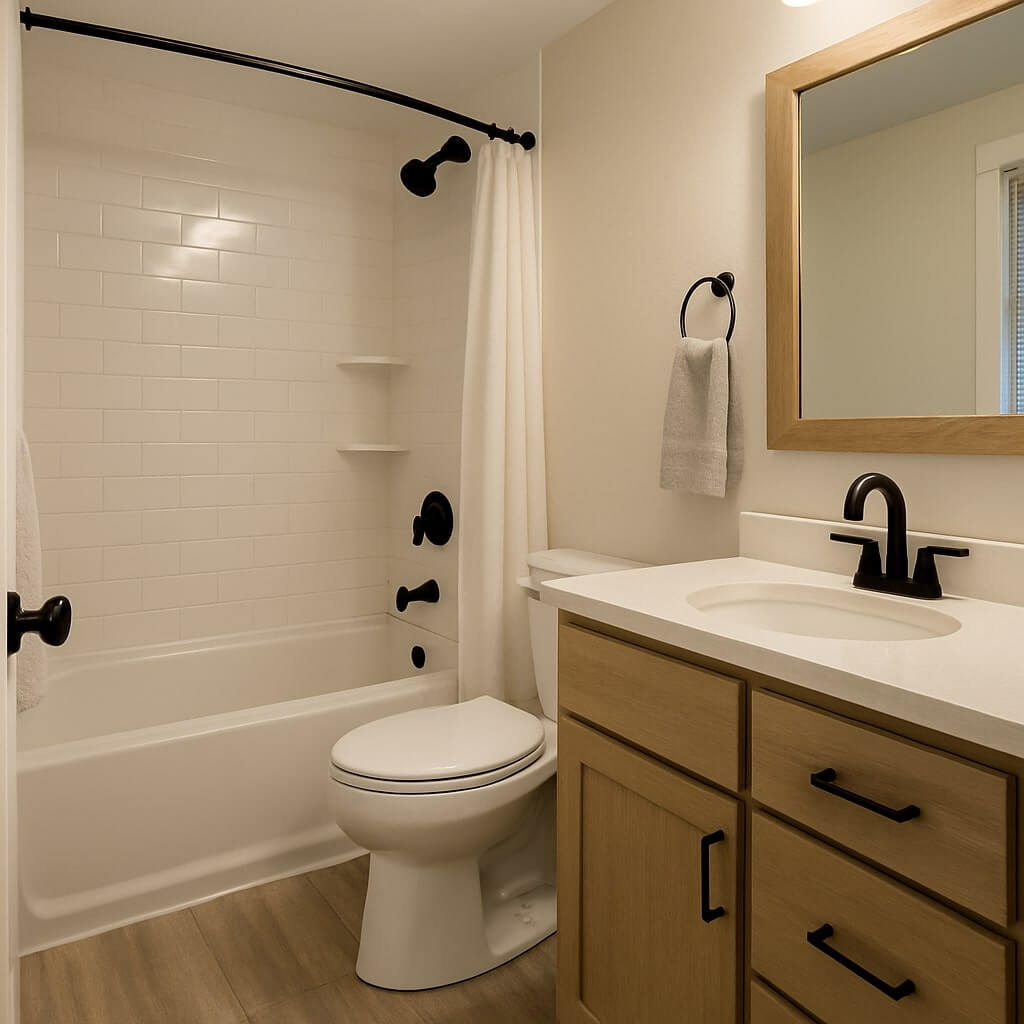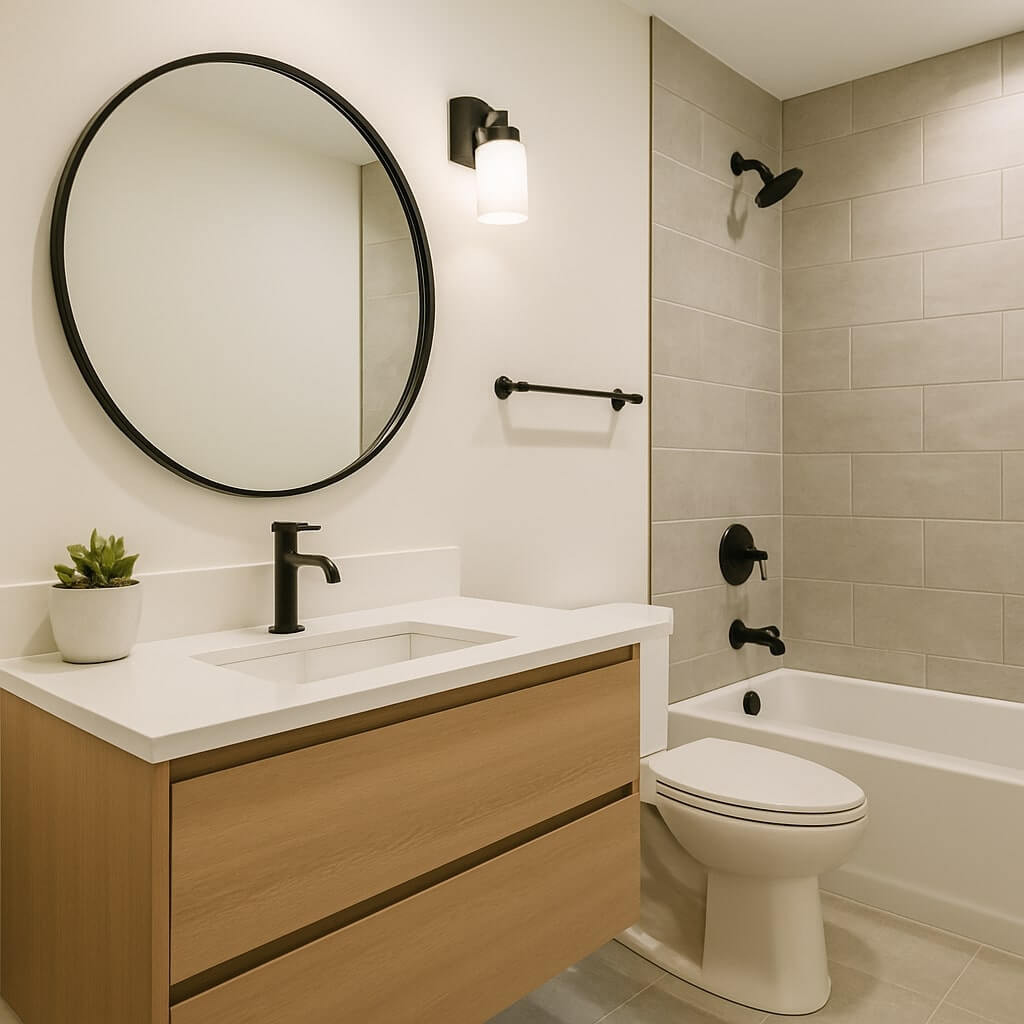Renovating your bathroom is an exciting home improvement project, but it often comes with a hefty price tag. Whether you want to update your fixtures, install new tiles, or completely remodel your bathroom, finding the right financing option is crucial to ensure your project stays on budget. In this guide, we will explore various bathroom remodel loan options, help you understand the qualification criteria, and provide tips for financing your renovation.
What Are Bathroom Remodel Loans?
Bathroom remodel loans are specifically designed to help homeowners finance their renovation projects. These loans can come in various forms, such as personal loans, home equity loans, or specialized home improvement loans. The right loan option for you will depend on your financial situation, the size of your renovation, and the type of remodel you’re planning.
Types of Bathroom Remodel Loans
1. Personal Loans
Personal loans are unsecured loans that can be used for a wide range of purposes, including home improvements. These loans are typically offered by banks, credit unions, or online lenders. Personal loans usually have fixed interest rates and repayment terms.
- Pros:
- No collateral required
- Quick application and approval process
- Fixed monthly payments
- Cons:
- Higher interest rates compared to secured loans
- Shorter repayment terms
2. Home Equity Loans
A home equity loan allows homeowners to borrow against the equity in their home. This type of loan is secured by your property, and the amount you can borrow depends on the value of your home and how much equity you have built up.
- Pros:
- Lower interest rates
- Larger loan amounts
- Fixed interest rates
- Cons:
- Your home is collateral, so failure to repay can lead to foreclosure
- Longer application process
3. Home Equity Line of Credit (HELOC)
A HELOC is a revolving credit line that allows you to borrow money as needed, much like a credit card. You can use it for a variety of home improvement projects, including bathroom renovations. A HELOC has a variable interest rate, and the loan amount is based on your home’s equity.
- Pros:
- Flexible borrowing and repayment
- Lower interest rates compared to personal loans
- Ability to borrow as needed
- Cons:
- Variable interest rates, which can increase over time
- Risk of foreclosure if you fail to repay
4. FHA 203(k) Loans
An FHA 203(k) loan is a government-backed loan designed for homebuyers and homeowners who want to finance both the purchase (or refinance) of a home and the cost of its renovation. This loan is ideal for extensive remodeling projects, including bathroom renovations.
- Pros:
- Low down payment requirement
- Can be used for major renovations
- Government backing reduces lender risk
- Cons:
- Strict qualification requirements
- Lengthy application process
5. Cash-Out Refinancing
Cash-out refinancing involves refinancing your existing mortgage for a higher amount than what you currently owe. The difference between your old mortgage balance and the new mortgage is given to you in cash, which can then be used for your bathroom remodel.
- Pros:
- Low interest rates (since the loan is secured by your home)
- You can access significant funds for large projects
- Cons:
- Increased mortgage payments
- Risk of foreclosure if you default on the loan
Qualification Criteria for Bathroom Remodel Loans
Each loan type has its own qualification criteria. However, the common factors that lenders consider include:
- Credit Score: A higher credit score will increase your chances of qualifying for better loan terms. Personal loans, for example, typically require a good to excellent credit score, while home equity loans may be more flexible.
- Income and Debt-to-Income Ratio: Lenders will assess your income and monthly debts to determine whether you can afford to repay the loan. A lower debt-to-income ratio increases your chances of approval.
- Home Equity (for Home Equity Loans and HELOCs): Lenders will assess the amount of equity you have in your home. The more equity you have, the more you can borrow.
Tips for Financing Your Bathroom Remodel
- Create a Detailed Budget: Before applying for a loan, estimate the total cost of your bathroom remodel. Factor in labor, materials, permits, and unexpected expenses to ensure you don’t borrow more than necessary.
- Compare Loan Options: Research multiple lenders and loan types to find the best terms. Interest rates, repayment periods, and loan fees can vary significantly.
- Consider Your Long-Term Financial Goals: Choose a loan option that aligns with your long-term financial goals. While a home equity loan may offer lower interest rates, it comes with the risk of foreclosure if you can’t repay.
- Plan for Contingencies: Always set aside a portion of your loan for unexpected costs that may arise during the renovation process. Bathroom remodels often uncover issues like plumbing or electrical problems that need attention.
FAQ: Frequently Asked Questions
It’s possible, but your options may be limited. If your credit score is low, consider secured loan options, such as a home equity loan or cash-out refinancing, which typically have more lenient qualification requirements.
The amount you can borrow depends on the type of loan and your financial situation. Personal loans typically range from $1,000 to $50,000, while home equity loans can go up to 85% of your home’s value.
In most cases, the interest on a home equity loan or HELOC may be tax-deductible if the loan is used to improve your home. Always consult a tax advisor for specific guidance.
To qualify for a home equity loan, you’ll need to have sufficient equity in your home, a good credit score, and a steady income. Lenders typically allow you to borrow up to 85% of your home’s value.
The best financing option depends on your financial situation, credit score, and the scope of your remodel. Personal loans are quick and easy but may have higher interest rates, while home equity loans offer lower rates but require home collateral.
Conclusion
Financing a bathroom remodel can be a complex process, but with the right loan, it can also be an investment that enhances the value and functionality of your home. Whether you opt for a personal loan, home equity loan, or another type of financing, it’s important to carefully evaluate your options, understand the qualification criteria, and plan for any unexpected expenses. By choosing the right loan and working within your budget, you can successfully complete your bathroom renovation without financial stress.




